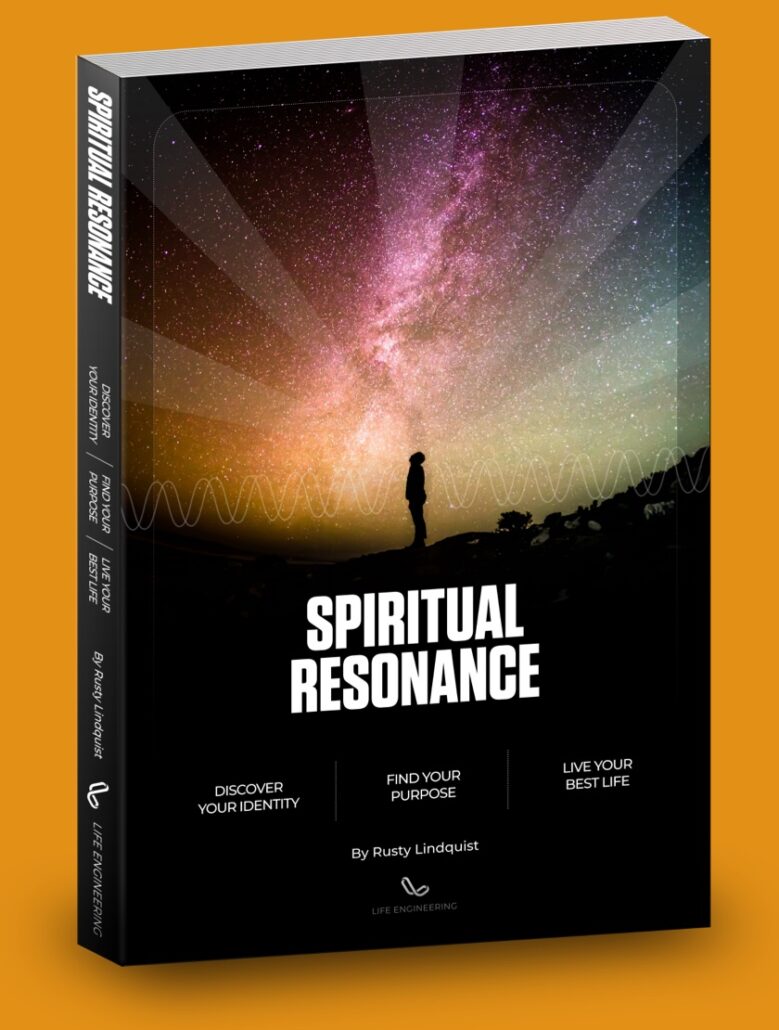Free Course: Alignment Staying on Course Free Course: Alignment From our 16 Elements series, and a part of the Act Pillar, Alignment …
Cycle Time – the power of frequency
In software development, there’s a term called “cycle time,” or the amount of time between one event and the next. Releasing features regularly with short times in between gives your customers a sense of momentum—a sense that you’re moving—and keeps them engaged. When cycle time gets too long, you risk customer stagnation: they get disaffected and lose interest. In marketing, cycle time is about how long your customers go before hearing from you again. These connections are often called “touch points”; you want to “touch” your customers, in some way, very frequently. That’s how you build brand recognition, through frequent reinforcement of the same message.
The principle applies all across life, with whatever kinds of customers you may have.
If you’re a parent, it could be said that your customers are your kids. What’s the cycle time of your “touch points” with them? How long do they go between instances of poignant interaction? Are your “teaching moments” few and far between, or do they happen on regular (and short) intervals?
If you’re a spouse, what kind of cycle time do you have with your significant other? How long has it been since you went on a date? Had a discussion? Shared something close to you? Apologized? Gave her flowers? Left him a note? Let her sleep in? You get the idea. The same applies if you’re a son, a daughter, a brother, or a sister. Cycle times are vital aspects of building healthy relationships.
If you’re a teacher, your customers are your students. Teachers often appreciate the importance of repetition in learning and character building.
Cycle time also plays an important role in building your own success (or failure). Shad Helmstetter, in his book What to Say When You Talk to Yourself, explains that we naturally tend to move towards our most dominant thought pattern. Those messages we most frequently reinforce to ourselves tend to come true.
Is your most frequent message to yourself “I can do it”? Or is it “it’s too hard”? Do you tell yourself “I love who I am,” or do you most commonly dwell on your weaknesses? Either way, it’s the message you tell yourself most frequently that is most likely to come true.
Whether in your thoughts or relationships, it pays to focus on frequency.
-Rusty
Share this
with someone who might need it
keep reading
The turkey effect How to learn who you are and live your best life raising turkeys People often wonder “who am I?”; …
HOT HANDS HOW identity POWERS PEAK PERSONAL PERFORMANCE HOT HANDS There’s a well-known phenomenon in sports called “Hot Hands.” It’s the idea …
Know Thyself The Key to Unlocking Your Full Potential Know thyself Nestled deeply on the slopes of Mount Parnassus in Greece is …
Employee satisfaction is closely tied to performance. When satisfaction levels rise, productivity, customer service, and profits tend to rise too. Employee turnover slows down and it becomes easier to recruit new talent. See how your team, leadership, and shareholders can benefit from a company culture that emphasizes employee satisfaction.
If you want your customers to be happy, you need to think about employee satisfaction. When employees like their workplaces, they are more effective at their jobs and provide better customer service. Learn more about the link between the employee and customer experience and how to measure employee satisfaction.








Responses